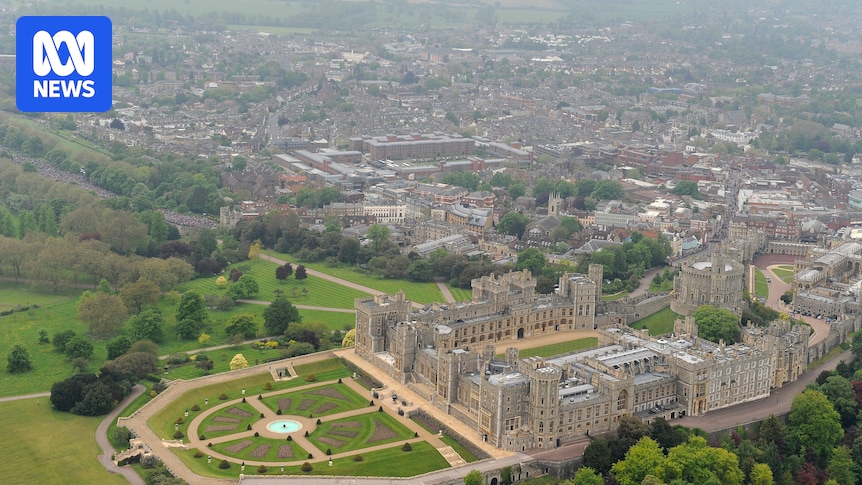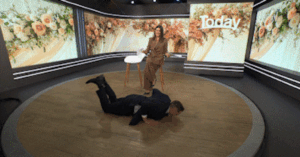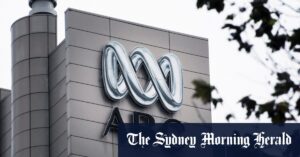
After more than two decades at the Royal Lodge in Windsor, Andrew Mountbatten Windsor, formerly known as Prince Andrew, has been formally notified to surrender his lease. King Charles III’s decision to evict his brother from the 30-room mansion marks a significant development in the ongoing reshuffle of royal properties. The former prince will relocate approximately 225 kilometers northeast to the Sandringham Estate, distancing himself from the senior royals.
The decision not to provide Andrew with another property on the Windsor grounds raises questions about the current occupants of the estate and the reasons behind this move.
The Occupants of Windsor Estate
Windsor Castle: A Historic Venue
Currently owned by King Charles, Windsor Castle is the oldest and largest inhabited castle globally, boasting over 1,000 rooms, including 52 bedrooms and 78 bathrooms. Despite its grandeur, no royals reside there today. Instead, it serves as an official residence and venue for state occasions, such as the state visit of US President Donald Trump and his wife Melania. The castle was among the late Queen Elizabeth II’s most cherished homes, where she spent many private weekends.
Royal Lodge: The End of an Era
Andrew Mountbatten Windsor, along with his ex-wife Sarah Ferguson, has been living at Royal Lodge for over 20 years. The 30-room mansion, which includes a gardener’s cottage and a gothic saloon, was rented from the Crown Estate under a 75-year lease signed in 2003. The lease, often criticized for its nominal “one peppercorn (if demanded)” rent, effectively meant no significant payment was made.
However, this arrangement has come to an end, with Andrew instructed to vacate and move to private accommodation. The Royal Lodge has been a site of controversy, notably when convicted individuals such as Jeffrey Epstein and Harvey Weinstein were photographed there in 2006. Sarah Ferguson, who recently reverted to her maiden name, will also be moving out.
Adelaide Cottage: The Wales Residence
Since August 2022, Prince William and Princess Kate have resided at Adelaide Cottage with their children George, Charlotte, and Louis. During their stay, Princess Kate publicly revealed her cancer diagnosis, describing the period as “incredibly tough” for the family. Fortunately, she confirmed her remission in January, signaling a hopeful turn for the family.
Forest Lodge: A New Beginning
William and Kate are set to move into Forest Lodge in Windsor Great Park, located just 2.15 kilometers from Royal Lodge. This eight-bedroom home is described as “suitable for a future king” and is intended to be their permanent residence. The move, characterized as a “fresh start,” follows a challenging period for the family. To ensure their security, approximately 60 hectares surrounding the lodge have been closed to the public, a decision met with mixed reactions from locals.
Reports indicate that the Wales family is funding the move privately and will pay market rent. Their relocation is expected before Christmas, temporarily making Andrew their near neighbor until his post-Christmas move.
Frogmore Cottage: A Vacant Residence
Frogmore Cottage, once a wedding gift to Prince Harry and Meghan by Queen Elizabeth II, remains vacant since their departure to the United States. After stepping down from royal duties in 2020, the couple repaid the £2.4 million spent on renovations. Although initially intended to remain their UK residence, King Charles requested they vacate in March 2023. The cottage was offered to Andrew, but he declined, opting instead for Sandringham.
The Implications of Andrew’s Relocation
Royal biographer Robert Hardman suggests that Andrew’s move to Sandringham, described as the “royal equivalent of Siberia,” signifies a deliberate distancing by King Charles. This decision, viewed by some as harsh and by others as necessary, reflects the ongoing consequences of Andrew’s controversial past.
Experts believe that King Charles aims to maintain a degree of separation from his brother, reinforcing the message of accountability and change within the royal family. As Andrew transitions to a quieter life at Sandringham, the royal property landscape continues to evolve, reflecting broader shifts within the monarchy.
As the royal family navigates these changes, the implications for Andrew and the monarchy’s public image remain significant. The coming months will likely reveal further developments as the royals adapt to their new circumstances.







